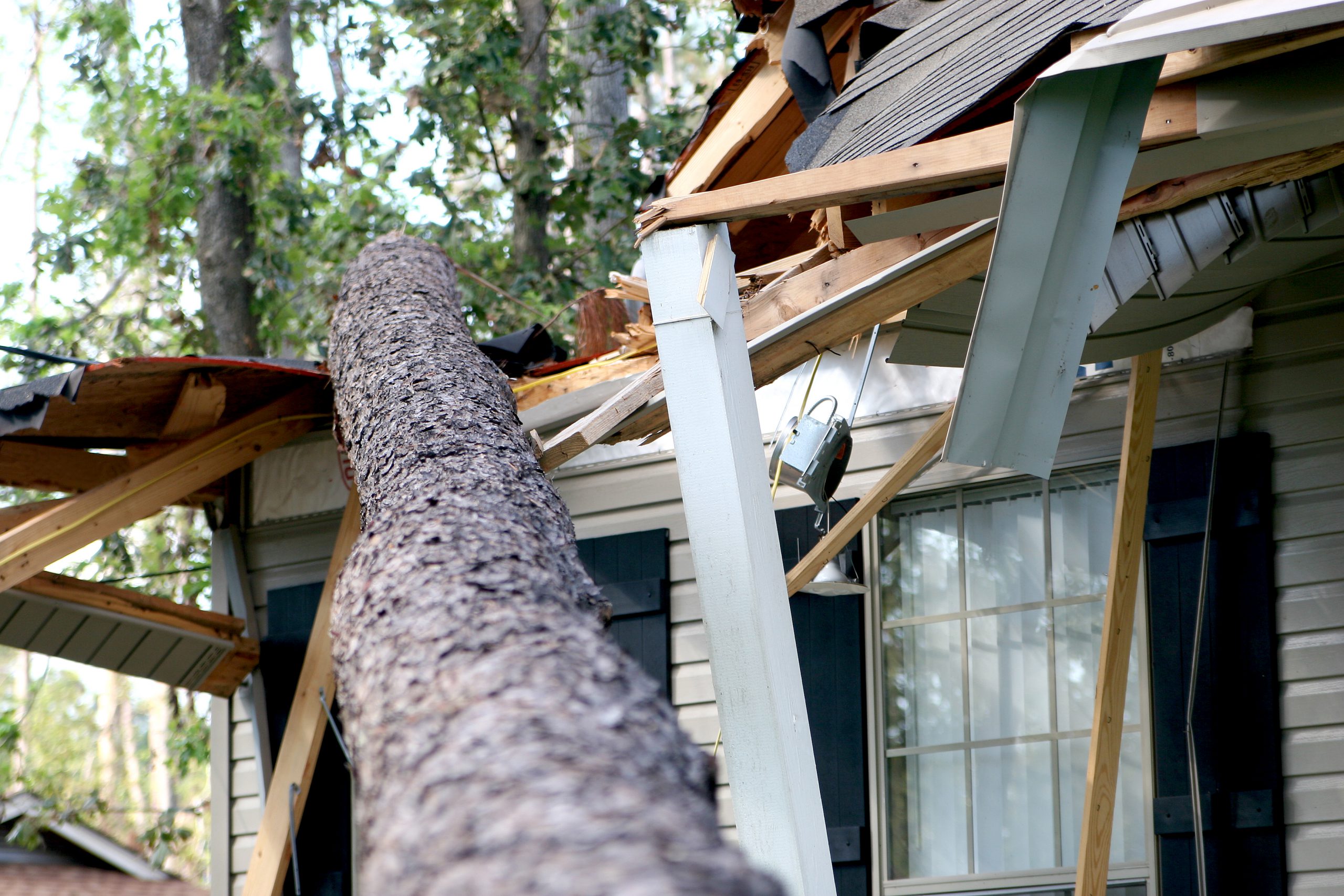
The arrival of spring and the bloom of many trees and shrubs often encourages us to start thinking about our gardens and how we can prepare them so we can entertain family and friends during the long, hot days of the coming summer.
If you’re in this frame of mind right now, you should take a moment to inspect your shrubs and trees to see how they have survived the colder winter months.
We’re all used to seeing plants die back and not everyone has a green thumb, so it’s important to identify large plants struggling to survive or approaching their natural end-state.
If you’re lucky enough to have a tree or two, it’s essential to regularly check them for signs of stress.
But what are you actually looking for?
Below, we’ve outlined the most common signs of a tree suffering from stress and disease.
If you see signs of trouble, always call in an arborist to accurately diagnose the problem and recommend a solution.
Don’t try to figure out the issue yourself or attempt to take down a tree. An arborist will advise you appropriately.
Also, be aware local councils have regulations regarding the removal of larger trees. It’s common that the removal of any tree more than 4m high requires permission.
Here are six signs of a tree in distress:
Oozing sap – A borer insect problem is the likely cause of sap oozing from a tree trunk. You might also see wood dust around the tree, too. While some trees do release sap naturally, others only do so when suffering an infestation. In this situation, you need an arborist to assess whether the tree can survive or should be brought down before it falls down.
Mushroom growth – Fungus growth on a trunk can mean the tree is rotting on the inside. If the fungus has been there for a prolonged period, the tree could fall at any time or break halfway up the trunk and topple. It’s a serious situation. Some trees have fungus growing naturally, so call in an arborist to be sure of your situation.
Falling bark – Again, the issue of falling bark does not mean there is an issue with all trees. It’s a perfectly natural occurrence for gums, sycamores and myrtle trees. However, if you have another variety of tree, you should pay close attention. A likely cause is a canker disease that can be fatal for the tree.
Blackened leaves – This problem is common after a wet winter or spring. It’s caused by fungus that grows in conditions of high moisture. It’s not necessarily a fatal condition but pruning back the tree to let in more light and warmth is the best solution
Watering problems – If your tree is planted in a grassy area, then the roots may struggle for water. As a result, its leaves may appear brown or droopy. The quick solution is to water the tree deeply. If you have a soaker hose, put it 1m from the trunk.
Exposed roots – If you’re seeing roots over the top of the soil, then the tree doesn’t have enough space. In that situation, you should seek an arborist’s expert opinion because it may be safer to bring down the tree and plant a more suitable alternative.
